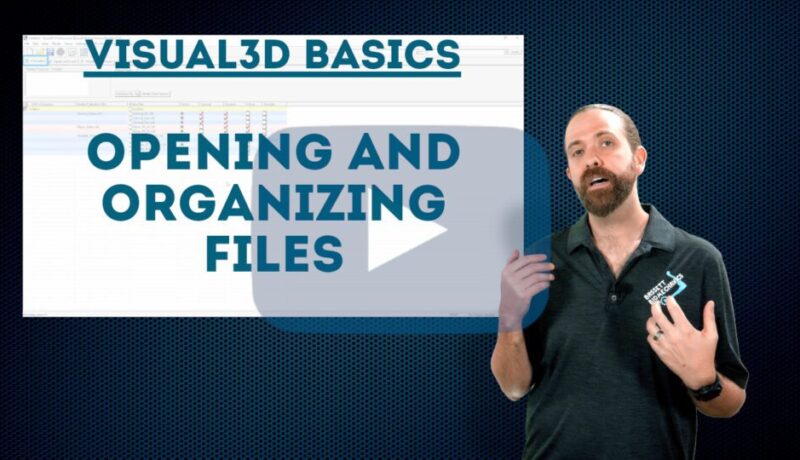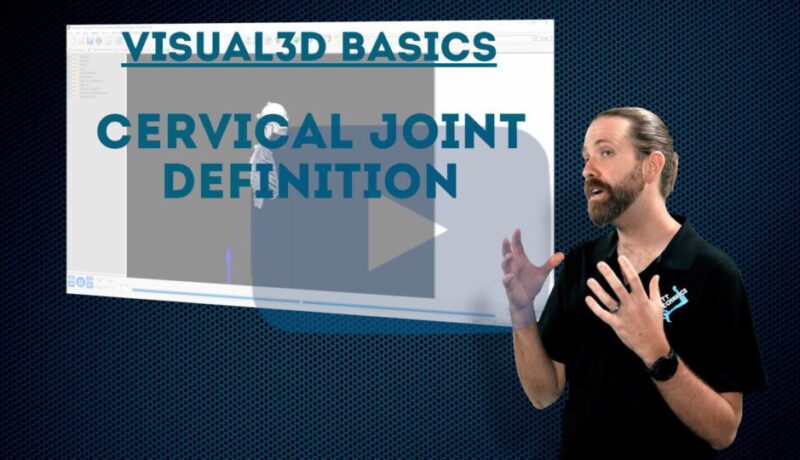Ankle markerless data
Visual3D Expert BuilderModel Unit 3 Chapter 4: Ankle markerless data Traditionally, Visual3D has been used for marker-based motion capture. However, […]
Visual3D Expert BuilderModel Unit 3 Chapter 4: Ankle markerless data Traditionally, Visual3D has been used for marker-based motion capture. However, […]
Visual3D Expert BuilderModel Unit 3 Chapter 2: Ankle angle offset & parallel line concept The ankle angle offset is important […]
Visual3D Expert BuilderModel Unit 3 Chapter 1: Virtual Foot The ankle angle offset has a significant role in biomechanical modeling […]
Chapter 3: Tracking Joint LandmarksJoint landmarks can be very useful references to be used in a variety of ways, regardless […]
Visual3D Expert BuilderModel Unit 1 Chapter 1: Joint Landmarks Joint landmarks can be used in a variety of ways, including […]
Part III: Processing data in Visual3DAs a final part to this introductory workshop, we focus on using Visual3D to process […]
Part II: Collecting and processing dataHaving covered the basics of what a Qualisys system is, in this video we discuss […]

As workspaces become more complex, to properly perform biomechanical calculations, users need to keep organized. In this chapter, we focus on how to open the various motion and static/calibration files and ways to keep them organized using tags as we process the data in them.

The final segment to discuss is the head. Adding the head to the thorax model, we can define the cervical joint. In this tutorial, we show you how to create a useful landmark at the center of the head in order to create this segment. We also show you some best practices to customize the coordinate system and appearance of the model in Visual3D.

Having already defined the arms in chapter 2 and the thorax in chapter 3 of this unit, we can now cheat a bit to define the shoulder. In this tutorial, we show you how to append a model to another one by adding the arms to the thorax. We also discuss how to reason through small modifications that might be necessary when appending models.